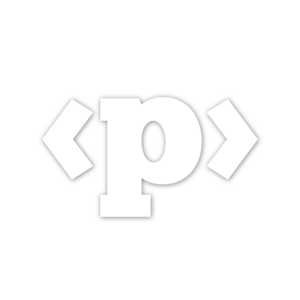ALSVIOR GLOBAL
Redesign of the Alsvior Global website.

Redesign of the Alsvior Global website.
Heuristic analysis is a cost-effective and relatively quick method for evaluating usability. These evaluation methods were applied to analyse the previous website, although these tests can be performed at any stage of the product design.
Timelines provide a visual representation of events, processes, or historical data. They help users grasp the chronology of events and understand the relationships between them more easily than through text or tables.
Personas help shift the focus of design and development processes towards the needs and goals of users. By creating fictional but representative characters, personas embody the characteristics, preferences, and behaviors of real users. Design decisions can then be made based on user-centric perspectives.
User interviews allow you to delve deeper into users’ needs, motivations, and pain points. By directly engaging with users, you can gather rich qualitative data that provides a deeper understanding of their preferences, challenges, and expectations.
Information architecture helps organize and structure information in a way that is logical and intuitive for users. It involves categorizing and grouping content, defining navigation systems, and creating hierarchical relationships. A well-designed IA enhances findability and ensures users can locate information quickly and easily.
nterface design aims to create visually pleasing and engaging interfaces that attract and engage users. By incorporating aesthetics, color schemes, typography, and visual elements, designers enhance the overall user experience and create a positive impression.
Interaction design places the user at the center of the design process. It emphasizes understanding user needs, goals, and behaviors to create intuitive and user-friendly interactions. By considering user feedback and conducting user research, designers can create interfaces that meet user expectations and enhance the overall user experience.
Front-end development refers to the process of creating and implementing the user interface (UI) and user experience (UX) of a website or application.
HTML is the fundamental markup language used to structure the content of web pages. It defines the elements and layout of the user interface, such as headings, paragraphs, lists, images, forms, and more.
CSS is a style sheet language used to define the presentation and visual appearance of HTML elements. It controls aspects like colors, fonts, spacing, layout, and responsiveness, enabling designers to create visually appealing and consistent user interfaces.
JavaScript is a programming language that enables dynamic and interactive elements in a web page. It is used to add functionality and behavior to the user interface, such as interactive forms, animations, event handling, and data manipulation.

![]()
![]()
![]()
![]()
![]()




 Berlin 2007
Berlin 2007